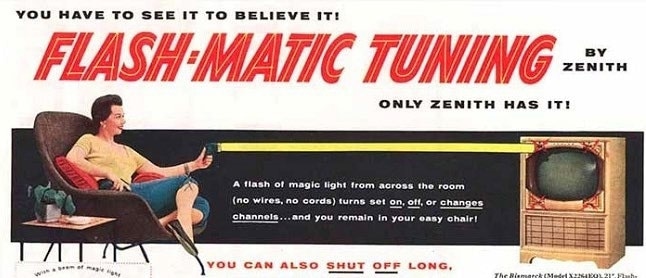Voice controlled devices are quickly becoming an ever-present part of everyday life. This is mostly due to their utility – voice-controlled systems can be easily switched on without having to walk over to a system and manually switch it on. Instead, a processor in the device registers its “turn on” command using just a single microphone.
Recent developments in the technology and configuration of smart speakers have resulted in the sale of millions of units. Until present, the technology has always had to be powered by a mains connection because the signal processing algorithms that the systems use consume large volumes of power. This is because these devices require the microphone and speech recognizing components to always be on, in order to hear a wake command, even if the surrounding environment is silent.
This process could be optimized by answering the following questions:
- How can the battery use of the smart speaker be improved?
- How can the system be turned off when there is nothing to hear?
Solving these problems will allow for the creation of a voice-assisted device that doesn’t need to be plugged into the mains – making handsfree voice-activated systems a reality. These would be fully portable and provide a complete user experience.
To construct such a device every important part in the devices signal chain must be ran using very little power and work at the optimum standby life – this includes the system on chip solution, the signal processing and the front-end microphone.
For a long time, power optimization has been only possible for processor cores, with the sensors at the device front end acting as a barrier towards further advances. However, using Vesper’s ZeroPower ListeningTM (ZPLTM) technology it could soon be possible to create ultra-low power voice activated devices that harvest energy from the microphone front-end and throughout the rest of the device.
This article explores ZPLTM technology and the way in which ultra-low power technology can be used to save battery power in voice activated devices that are always listening. This article will use the case study of a handsfree remote control to demonstrate how ZPLTM technology facilitates other low power systems such as smart hearables and outdoor security cameras.
The Case of a TV Remote
Using TV remotes has always been difficult ever since they became wireless, this is possibly due to pressure on manufacturers to keep the remote a compact size.
The picture below shows the Flash-Matic, the first ever wireless TV remote. This remote functions by beaming light onto photo cells located at each corner of the TV – this mechanism works well except on bright sunny days where light from the sun stops the signal from being recognized. Problems associated with interference from other light sources and the line-of-sight were solved by Infrared and RF technology.

Figure 1: World’s first wireless TV remote.
Comparing the image of the woman using the remote control to use her TV to the everyday experience now shows just how far the television industry has come in terms of both programming and technology. However, one thing has stayed almost the same throughout – a remote control must still be used to operate the TV. That said, line of sight is less of a problem with users being able to use the TV from anywhere in the room.
TV users must still be physically holding a remote to operate a TV, and in addition there is a huge volume of content which they must search through before watching anything.
Voice capabilities have been added to TV remotes using Push-to-talk (PTT) technology, where pushing a button activates a listening device. This is beneficial as it means users don’t need to sift through all of the content available on televisions using the keypad, which can be complicated given the large volume of content available.
The rapid growth of PTT remotes in itself shows the advantages of operating TVs via voice-operated search as opposed to using the keypad. However, even a PTT remote does not provide the futuristic experience that a smart TV can offer. In addition, the design does not solve one of the most common problems with using a remote; the remote getting lost in the sofa.
Hands-free voice control would therefore be a hugely advantageous addition to TV remotes whether it is to spend the weekend on the sofa with popcorn and a movie, or in the morning watching the news with a coffee. In order to make this a reality the TV industry is in need of both a faultless user experience and voice-activated technology that consumes a similar amount of battery as PTT remotes.
Controlling the TV using one’s voice would provide a new level in user experience and ease of TV use. Far-field voice responsive remotes would allow users to turn on the remote using a wake command (just like with Alexa) and voice commands can then be used to operate the TV. This means users don’t need to search for the remote before watching a show, and control is completely handsfree.
With all of the hype surrounding voice-controlled systems it is surprising that such a TV remote does not already exist. What advances in technology need to be made to make these systems a reality? Why is designing a low-powered handsfree remote challenging? Is there a way of combining technologies to help produce this design?
The Answer to These Questions
These questions can be in part answered by the fact that consumers are not willing to trade-off a short battery lifetime for the enhanced user experience that a handsfree remote provides. This means that for a voice-operated remote to appeal to consumers it must be able to operate at the 6 months to 1 year that current remotes provide.

 Download the Full White Paper Here
Download the Full White Paper Here

This information has been sourced, reviewed and adapted from materials provided by Vesper Technologies, Inc.
For more information on this source, please visit Vesper Technologies, Inc.